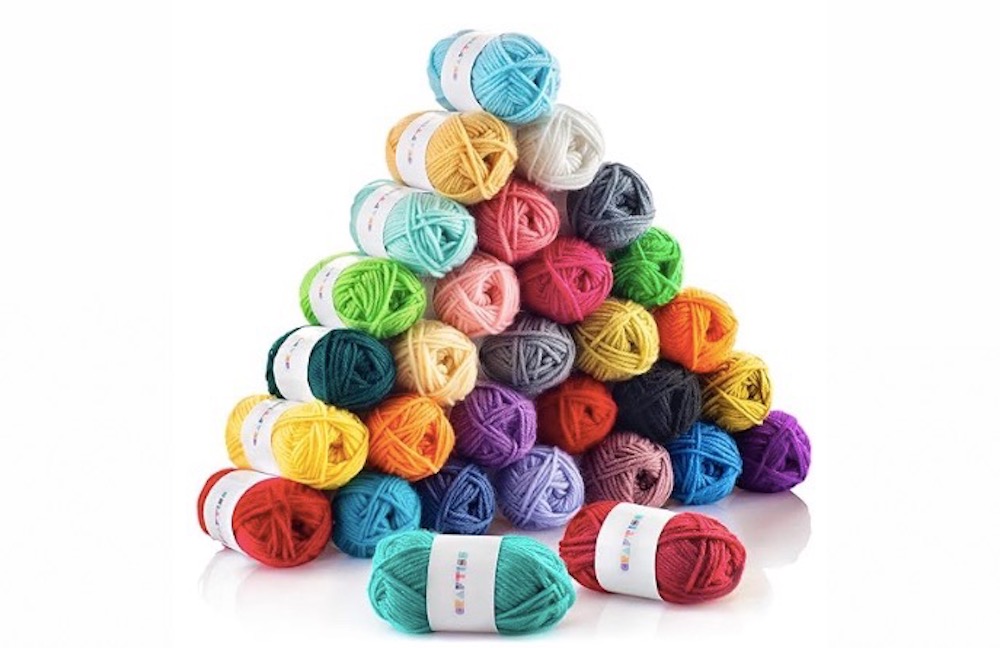After the still unresolved “viewer fatigue” issue streamers now have to confront “bundling” issues. In the “cable era,” consumers liked a-la-carte offerings, and content providers liked bundling. In the “streaming era,” the reverse is true — content providers like a-la-carte, and consumers like bundling.
Naturally, it would have been easier from the start if, instead of going straight to consumers, streamers would have utilized cable operators as middlemen.
The auto industry even offered examples to follow. During their early years, car manufacturers followed the carriage’s structure as it was familiar to the coachmen (who became “drivers” of horseless carriages before they were called automobiles, which later evolved into “cars”), even going so far as to copy the location of the hand brakes. But later, when car manufacturers introduced electric vehicles, they completely ignored consumers’ familiarity with gas engines. The result of this willful ignorance was a big financial fiasco.
Now that streamers are going back to the bundling model of the cable era, new issues have arisen that need untested solutions.
Logically, streamers with large subscriber bases want to bundle with similarly large steamers. Indeed, it does it make sense to use one’s large platform to increase a competitor’s base.
Then, when two or three steamers bundle their platforms together, a number of questions come up, including how to price the service, how to divide the pie, and who should manage customer relations. Another issue is who takes charge of the simplified billing.
Then there is the issue of the proliferation of bundlers, with cable operators (such as Comcast and Spectrum), credit card companies, delivery apps, telcos (including Verizon and T-Mobile), and department stores (such as Walmart) stepping into the ring. Each can offer a-la-carte and bundling services at discounts, with a few even offering some services for free.
Naturally, a third party (like cable operators in the “cable era”) could solve many of the bundling issues and bring rival players to the table, but since streamers are now offering both ad-supported and ad-free services, streamers have to balance the need to have a larger low-revenue subscriber base for their ad-supported services with larger, higher revenue ad-free services.












Leave A Comment